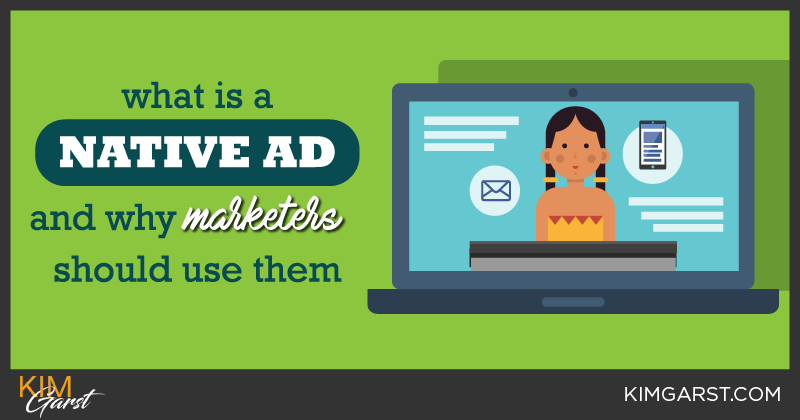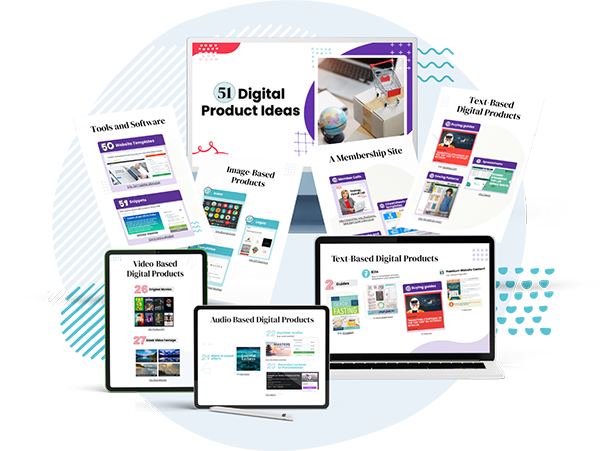Whether you have heard of native ads or not, you have come across them – probably more often than you think.
When most people think of advertising, the first things that come to mind are commercials and standard banner ads. But if you’ve used either of these formats in recent years, you probably already know they’re not nearly as effective as they once were.
Now more than ever, consumers and website visitors are – whether consciously or unconsciously – tuning out most of the commercials and banner ads they are subjected to. With ‘banner blindness’ becoming more prevalent every year, marketers are continually looking for more effective ways of getting their message heard and getting their brand noticed by their target market.
Enter: Native Ads
Native ads, sometimes referred to as advertorials, are ads that are consistent with the form and feel of the site on which they’re placed. Rather than being separate from a site’s content, they are the site’s content.
One way to think of native ads is that they fall somewhere on the spectrum between banner ads and regular content.
Some examples of native advertising include:
- Promoted tweets
- Suggested Facebook posts
- Sponsored blog posts
- Recommendation widgets
- ‘Suggested’ posts or links
- Promoted listings
- Tumblr promoted posts
- AdWords text ads
In each of these cases, the ad is in-line with the content of the site, and attempts to be extremely relevant to what searchers, users or visitors are using the site for in the first place. This means native ads, when done right, can do a far better job of providing value than traditional banner ads.
Native ads can be found on most major websites these days, including Huffington Post, Forbes, the Wall Street Journal and on popular viral content sites like Buzz Feed.
Buzzfeed Promoted Posts
Wall Street Journal Sponsor Generated Content
Facebook Suggested Post
Slate.com Sponsored Content
As you can see from the examples above, native ads are worked seamlessly into the existing content and framework of the sites; and visitors are more likely to click on them, not only because the ads are in their line of sight, but also because the topic of the content is in line with what publishers know their readers are already interested in.
Why Use Native Ads
Publishers and marketers are learning that providing true value – as opposed to continuing to rely on interruption marketing – is the way forward for brands and businesses when it comes to advertising.
Typically speaking, native ads:
- Are less obvious than banner ads
- Attempt to offer real value to visitors
- Take the form of content; or are, at the least, within content rather than outside it
- May have the specific aim of going viral
- Tend to be more memorable than standard display ads (although one study showed that only 7.3% of those who have seen a native ad remember who the ad was for and what it promoted)
Because of the more integrated, relevant nature of native ads, it’s not surprising that they tend to outperform standard display ads. Recent research done by Sharethrough* shows just how much more effective native advertising can be. Using surveys and eye-tracking technology, they made the following discoveries:
- Native ads received 53% more views than display ads
- Native ads resulted in an 18% increase in purchase intent (compared to banner ads)
- Native ads resulted in a 9% increase in brand affinity
- 32% of respondents reported being likely to share the ad (as compared with 19% for banner ads).
*Sharethrough is an in-feed advertising exchange, so their results are likely to be somewhat skewed. But interesting findings to chew on, nonetheless.
According to the Interactive Advertising Bureau (IAB), native advertising is only going to become more popular as publishers realize the benefits – both to themselves and to their audience.
They write: “There is a great deal of excitement about what “native” has brought to display advertising. First and foremost, display advertising has been freed from the right rail and leaderboard to which it has long been confined and now has license to settle anywhere on the page. Moving forward, display advertising will not be forced back into solely those positions.”
Clearly, native advertising isn’t going away anytime soon.
Have you ever used native ads? Or do you have any plans to incorporate native advertising into your marketing strategy?
About Author
Kim Garst
Kim Garst is a renowned marketing strategist and speaker who is trailblazing the use of artificial intelligence in digital marketing. With over 30 years of experience as an online entrepreneur, Kim helps entrepreneurs grow their business and authority online by using AI technology. She is leading the way with proven AI frameworks that help entrepreneurs build authority in their space.
She is keynote speaker and an international best-selling author of Will The Real You Please Stand Up, Show Up, Be Authentic and Prosper in Social Media.
Named by Forbes as a Top 10 Social Media Power Influencer, Kim is well-known for her skill to simplify complex technology and make the use of AI understandable for business growth. Her relatable, actionable advice helps guide new entrepreneurs to harness the power of AI to succeed in digital marketing. Kim is leading the way in combining human and technological skills to create a new model for AI-powered marketing.


